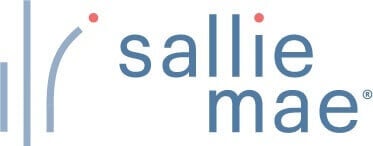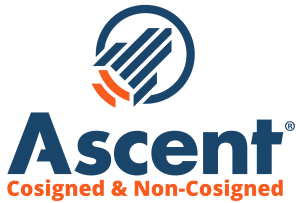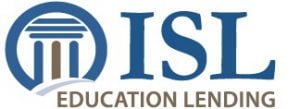
Source: flickr user the-open-university.
Yes, work study is part of federal financial aid. However, it works differently from other forms of federal financial aid that’s awarded to students.
When you get accepted into a college, you’ll receive a financial aid package detailing the different forms and amounts of financial aid you’ll receive. If you qualify for work study, the details will be included in the package.
Interpreting and comparing the financial aid package that you receive from different colleges can be challenging. This is in part because financial aid has its own language, in part because each school might do things just a little differently, and in part because each individual financial aid funding source has its own set of rules and regulations.
What is Work Study?
Federal Work Study (FWS) is offered by the federal government as a way to give college students the opportunity to earn an income while studying. Students who qualify for FWS can take up work part-time on or off campus.
How Federal Work Study Works
FWS essentially says that you can take up a part-time job while studying but only if you’re eligible. Because it’s a federal program awarded based on the student’s financial need, you first must file the Free Application For Federal Student Aid or FAFSA. If you’re interested in working while studying, you have to make sure to check the appropriate box on the FAFSA form.
The financial aid office at your school will assess your application and determine whether or not you’re eligible for FWS. If you qualify, it will be included as part of your financial aid package. However, unlike other forms of financial aid, which list definite amounts, the amount listed for FWS is simply an estimate of what you might earn. With the FWS, you don’t receive anything unless you actually take up a job. Depending on the type of job you get and the hourly rate the job offers, you’ll get a paycheck for all the hours you worked.
Because you don’t get any money until you work, you cannot actually deduct the FWS amount on your financial aid package from your tuition, room, and board charges at the school.

Here is an example:
University A costs $40,000 for tuition, fees, room and board.
Your financial aid package from University A is:
| University grant | $20,000 |
| Subsidized Direct student loan | $3,500 |
| Federal Work Study | $2,000 |
| Total aid | $25,500 |
That means that even if you earn $2,000 in FWS, you’ll still need to first come up with that money (either in cash or loans) to pay your bill.
Too often, students don’t understand the way that work study is factored into the college cost equation. They’re either left with unexpected college expenses or more student loan debt than they expected to take on. So it’s important to understand how work study works and then to figure out how you’ll fund the remaining tuition and fees.
6 Important Things to Understand About Federal Work Study
- You must file the FAFSA and indicate your interest in federal work study in order to participate in the program.
- Being awarded FWS as part of your financial aid package does not guarantee that you’ll get a job. You have to apply for approved jobs and go through the interview process along with all other applicants.
- Work-study jobs are always part-time but they may be on or off campus.
- Any income you earn through work-study will not impact your future financial aid although you must report the amount on the FAFSA form.
- You can use your work-study funds to pay for everyday expenses including food, school supplies and transportation.
- Not all schools will allow you to use work-study funds toward tuition, fees, or campus accommodation. If you plan on using the funds for these purposes, make sure to ask your school’s financial office if this is possible.
Work study can be a great program. The money earned from a work study position can help to offset some of the costs of college. But it’s essential to understand how that money works and how it’s calculated in your financial aid award letter.
| Lender | Rates (APR) | Eligibility | |
|---|---|---|---|
 |
5.34%-15.96%* Variable
3.99%-15.61%* Fixed
|
Undergraduate and Graduate
|
VISIT CITIZENS |
 |
4.92% - 15.08% Variable
3.99% - 15.49% Fixed
|
Undergraduate and Graduate
|
VISIT SALLIE MAE |
 |
4.50% - 17.99% Variable
3.49% - 17.99% Fixed
|
Undergraduate and Graduate
|
VISIT CREDIBLE |
 |
6.00% - 13.75% Variable
3.99% - 13.75% Fixed
|
Undergraduate and Graduate
|
VISIT LENDKEY |
 |
5.50% - 14.56% Variable
3.69% - 14.41% Fixed
|
Undergraduate and Graduate
|
VISIT ASCENT |
 |
3.70% - 8.75% Fixed
|
Undergraduate and Graduate
|
VISIT ISL |
 |
5.62% - 16.85% Variable
3.69% - 16.49% Fixed
|
Undergraduate and Graduate
|
VISIT EARNEST |
 |
5.00% - 14.22% Variable
3.69% - 14.22% Fixed
|
Undergraduate and Graduate
|
VISIT ELFI |





